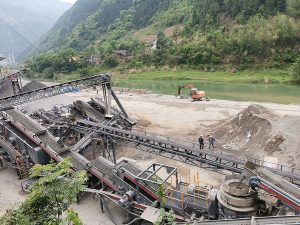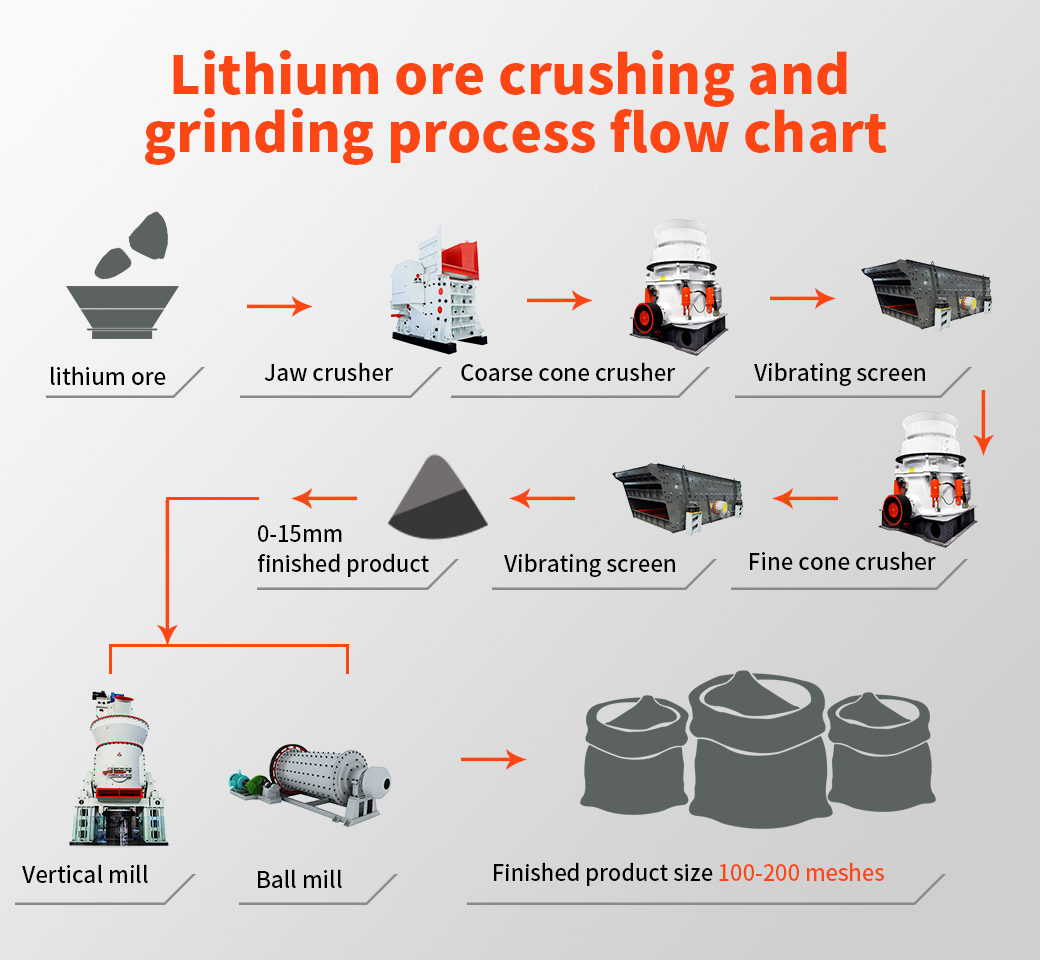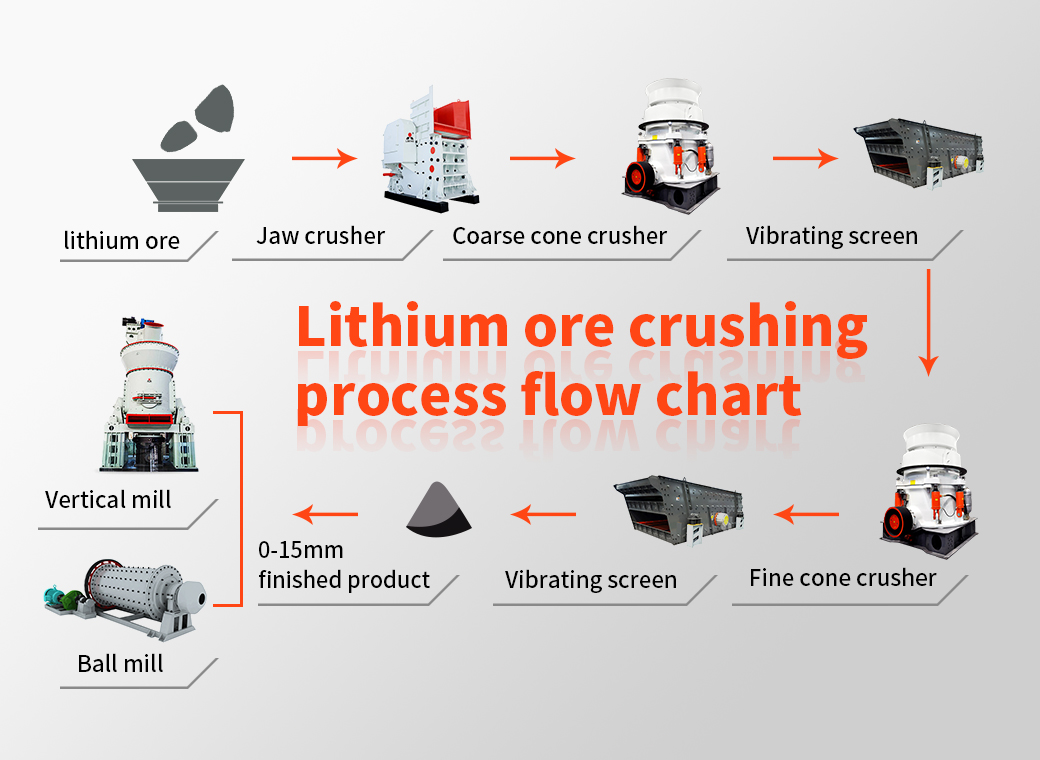Step-by-step process of the limeston quarry production line
The limestone quarry production line follows a systematic and efficient process to ensure the extraction of high-quality limestone for various construction purposes. Here is a step-by-step breakdown of how this production line operates:
1. Exploration: The first step involves identifying potential limestone deposits through geological surveys and exploratory drilling. This helps determine the quality and quantity of the limestone reserves.
2. Site Preparation: Once suitable deposits are found, the site needs to be prepared for mining operations. Clearing vegetation, leveling land, and establishing access roads are crucial in creating an optimal working environment.
3. Drilling and Blasting: To extract limestone from the earth, holes are drilled into the rock using specialized machinery. Explosives are then placed inside these holes and detonated to break down the rock into smaller pieces.
4. Crushing: After blasting, large chunks of limestone are loaded onto trucks or conveyors and transported to a primary crusher where they undergo initial crushing to reduce their size for further processing.
5. Screening: The crushed limestone is then screened into different sizes using vibrating screens or sieves. This ensures that only particles with specific dimensions meet product specifications while eliminating oversized materials.

Step-by-step process of the limeston quarry production line
6.
Dust Control: Throughout the entire production process, dust control measures such as water sprays or enclosed systems help minimize airborne particulates that could pose health risks or environmental concerns.
7.
Washing & Sorting (Optional): Depending on end-use requirements, some quarries may incorporate washing facilities to remove impurities or sort out different grades of limestone based on color or texture before final processing.
8.
Grinding & Pulverizing (Optional): In certain cases, finely ground limestone powder may be needed for applications like cement manufacturing or agricultural use. Grinding mills can pulverize larger particles into fine powders if necessary.
9.
Packaging & Distribution: The final stage involves packaging processed limestones according to customer specifications – ranging from bulk shipments via trucks or railcars to bagging individual products for retail distribution.
By following this step-by-step process, limestone quarry production



 Spodumene: According to the hard rock crushing process, the crushed product is generally 5-40mm, combined with different design requirements of customers, two-end or three-stage crushing, high-grade crushed products (above 4-5%) can be directly used in the metallurgical process to produce lithium carbonate Or lithium hydroxide, the particle size of the finished product is generally around 20-40mm; low-grade generally requires ball mill grinding and separation, and the particle size of the finished product is generally around 5-20mm;
Spodumene: According to the hard rock crushing process, the crushed product is generally 5-40mm, combined with different design requirements of customers, two-end or three-stage crushing, high-grade crushed products (above 4-5%) can be directly used in the metallurgical process to produce lithium carbonate Or lithium hydroxide, the particle size of the finished product is generally around 20-40mm; low-grade generally requires ball mill grinding and separation, and the particle size of the finished product is generally around 5-20mm;
